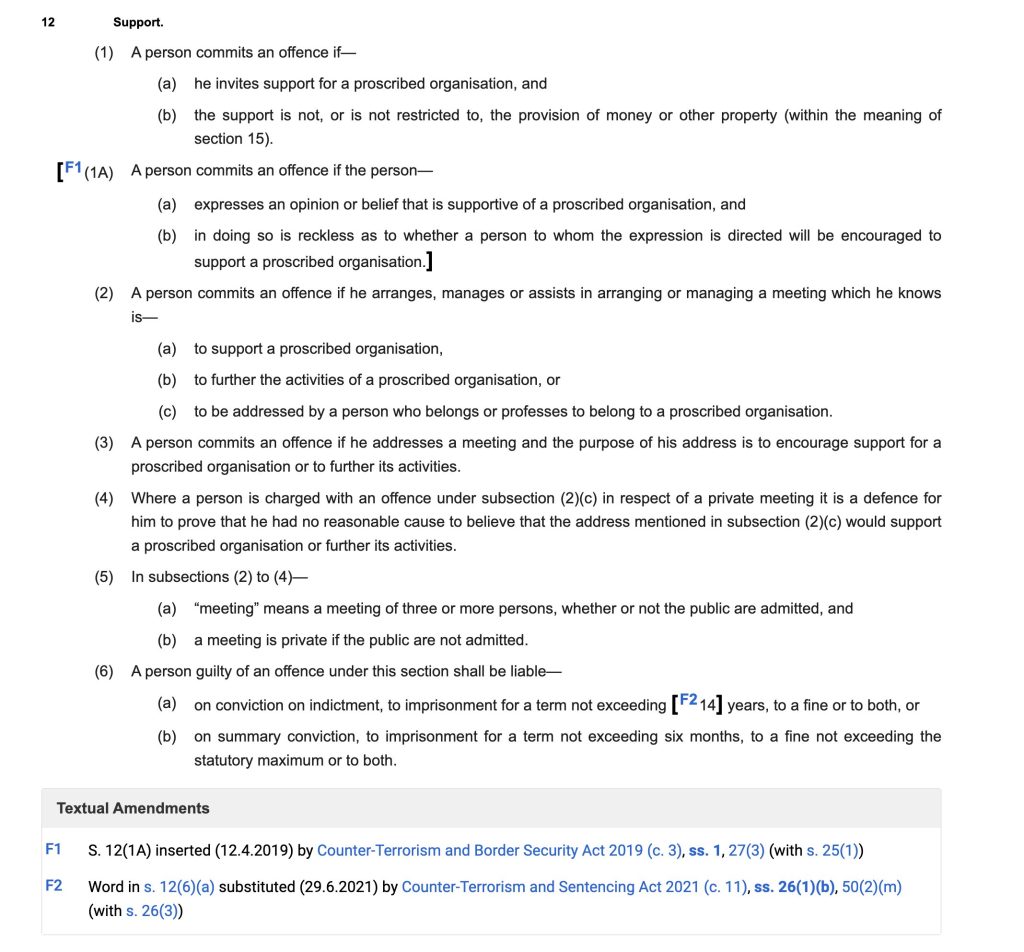We’ve had a couple posts recently on collapse. One, by Nate Wilcox, on the possibility of civil war and a another by commenter Grim Jim on just how many people would die in a civilization collapse.
Let’s take a look at the dimensions of collapse.
First is slow vs. fast. John Michael Greer tends to push slow, though his position is more nuanced than that. In the slow collapse things just keep getting shittier, with, perhaps, some break points. (If there’s a civil war, there’s a big jump in crap.) In this model it’s hard to say exactly when the collapse happens. When did the Western Roman Empire fall? There are easily half a dozen possible dates one could argue for, and that’s a collapse complete with a barbarian invasion.
In general expect countries which can feed and fuel themselves to be in the slow collapse bucket, though there’ll be exceptions, especially if they can’t defend themselves. Canada is one of those, if it isn’t invaded by America, which it probably will be. Russia is also in it, if they don’t wind up in a nuclear war.
Remember that modern agriculture will be affected by collapse: heavy use of fertilizer, pesticides and oils makes it vulnerable. So if a country appears to have a massive surplus, well, it may not. When AMOC ends and Europe loses ten degrees celcius overnight, they may as well.
The same here is true of water: when glaciers finish melting and most snow pack is gone, there’s going to be a lot less of it. So look at where the surplus food and water is coming from.
Second is distribution by time and place. Everyone likes to quote Gibson, “the future is already here, it’s just not evenly distributed.” Some countries have already collapsed. Sri Lanka, for example. Others are further along the path: in the first world, Britain’s a good example. Within countries some places collapse first: Northern England is notably a hole. Catholic Belfast has never not been poor, and so on.
In the US there are places where we can be sure of regional collapse—as Sean-Paul pointed out to me, the Texas triangle is just going to run out of water in a couple decades. The American Southwest is doomed for pretty much the same reason.
As for that, the homelessness epidemic shows that for many Americans, the collapse is already here.
Internationally Bangladesh will be one of the first high-population countries to collapse. Among major countries, India will be one of the first. The Europeans can go any time when the Atlantic Meridian Overturning Current (AMOC) ends: and that’s due sometime in the next 50 years, as a “when not if” proposition. I don’t know Africa well enough, but obviously multiple countries there are already close to collapse and the only thin which could put that off would be concerted efforts by China (financially and developmentally) and Russia (food and resource aid.)
China’s a hard one to predict: they have huge climate change vulnerabilities, especially to flooding in the North, heat in the North and water in general. On the other hand, if they play it smart they have the world’s industrial base and the best chance of adaptation and mitigation, especially due to their alliance with Russia, which will keep them in resources and food longer than otherwise. Since Russia mutually benefits, they’ll keep the Chinese topped up as a priority.
Which leads to the bigger point: when food starts getting scarce countries will stop exporting, and this is when food importing countries will start real collapse (and food riots, and civil war.)
As for water scarcity, that’s when you’ll get water wars.
And both will exacerbate any internal tensions. When there’s not enough to eat or drink, the “other” whoever that is, is likely to get it in the neck. Countries with significant internal rifts, like India between Hindus and Muslims/High and Low-Caste will see incredible violence and mass murder of minorities. Whether that also describes America is a question much debated, but at the least there will be a vast increase in discrimination and at the worst purges or even civil war.
In Europe there will be huge backlashes against visible minorities, especially Muslim ones and perhaps also Jews, as they are tarred with genocide and accusations of controlling governments.
I would suggest to expect a general pattern of slow decline punctuated by cliff-drops. Things will slowly get shittier, then suddenly get a lot shittier. To give a small example, in Ontario where I live, before Covid you could expect to be seen in an emergency department within a couple hours and to get an MRI or CT scan within a couple months, often a few weeks. Now it takes ten to twelve hours to be seen in an emergency (unless you’re obviously bleeding out or can’t breathe) and imaging tests can take six to nine months.
In collapse some foods (starting with imported ones) will go from widely available to just not on the shelf. Medicines which are imported will stop being available, again in slow decline then suddenly, almost impossible to find.
Slow, then precipitous, then slow, then precipitous.
The general prescription here, for small groups and individuals is to make yourself as independent of the grid as possible, to figure out how to grow climate controlled food, and to find a water source. Even in slow collapse models there will be large numbers of brownouts, water will be shitty if available (hello England) and so on. If you can’t handle at least a few hours or days off-grid, life will be miserable.
Collapse isn’t a disaster movie, though there are parts of it that are. (All the people made homeless by wildfires know this, and there will be coastal inundations). Rather it’s a series of long slide, punctuated by catastrophes

